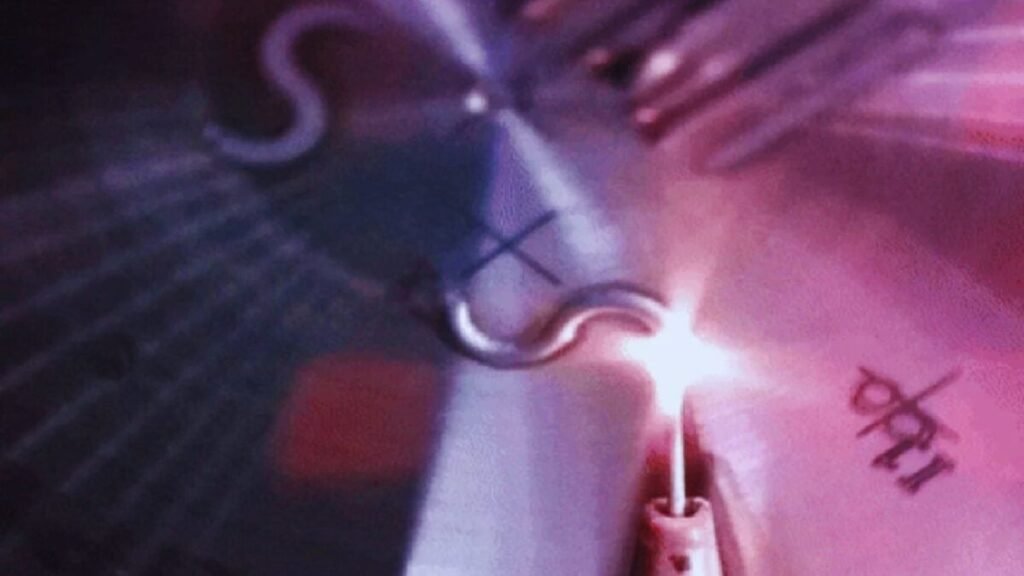A single metal letter appeared floating in the Space Station: a tiny key to future exploration.

What appears to be a minimal feature—a curved “S” shape—can become a milestone for humanity. Recently, scientists achieved the groundbreaking feat of 3D printing metal in orbit for the first time, paving the way to manufacture tools and parts directly in space without relying on Earth-based launches.
### A Glimpse into a Different Future
In a significant technological advancement, a specialized 3D printer melted stainless steel wire with a high-powered laser, resulting in a metallic “S” shape closely monitored from Earth. This simple gesture not only confirms the functionality of the technology in microgravity but also indicates its potential scalability to more intricate components. The remote operation of the printing process from France underscores the practicality and viability of the metal 3D printing technology in space.
### Printing Instead of Sending
Previously, every tool or spare part had to be transported via rockets. However, with this recent breakthrough, the possibility arises for on-demand printing of components in space. Further plans include the fabrication of four additional objects, which will be sent to laboratories in Europe for comparison with their Earth-produced counterparts to assess potential quality differences due to microgravity.
### The Dream of a Circular Space Economy
The ultimate goal is to achieve waste neutrality in orbital activities by 2030. The metal printer plays a pivotal role in this overarching strategy, enabling in-space manufacturing, refurbishment, and recycling efforts. Ultimately, the objective is to reduce reliance on Earth for spare parts and mitigate the growing threat of space debris in low Earth orbits.
The humble beginnings of a simple “S” shape may culminate in the production of beams for space stations, repair tools, or even structures for future lunar bases. This groundbreaking achievement signifies the dawn of a future where space embraces the principles of recycling and sustainability.




